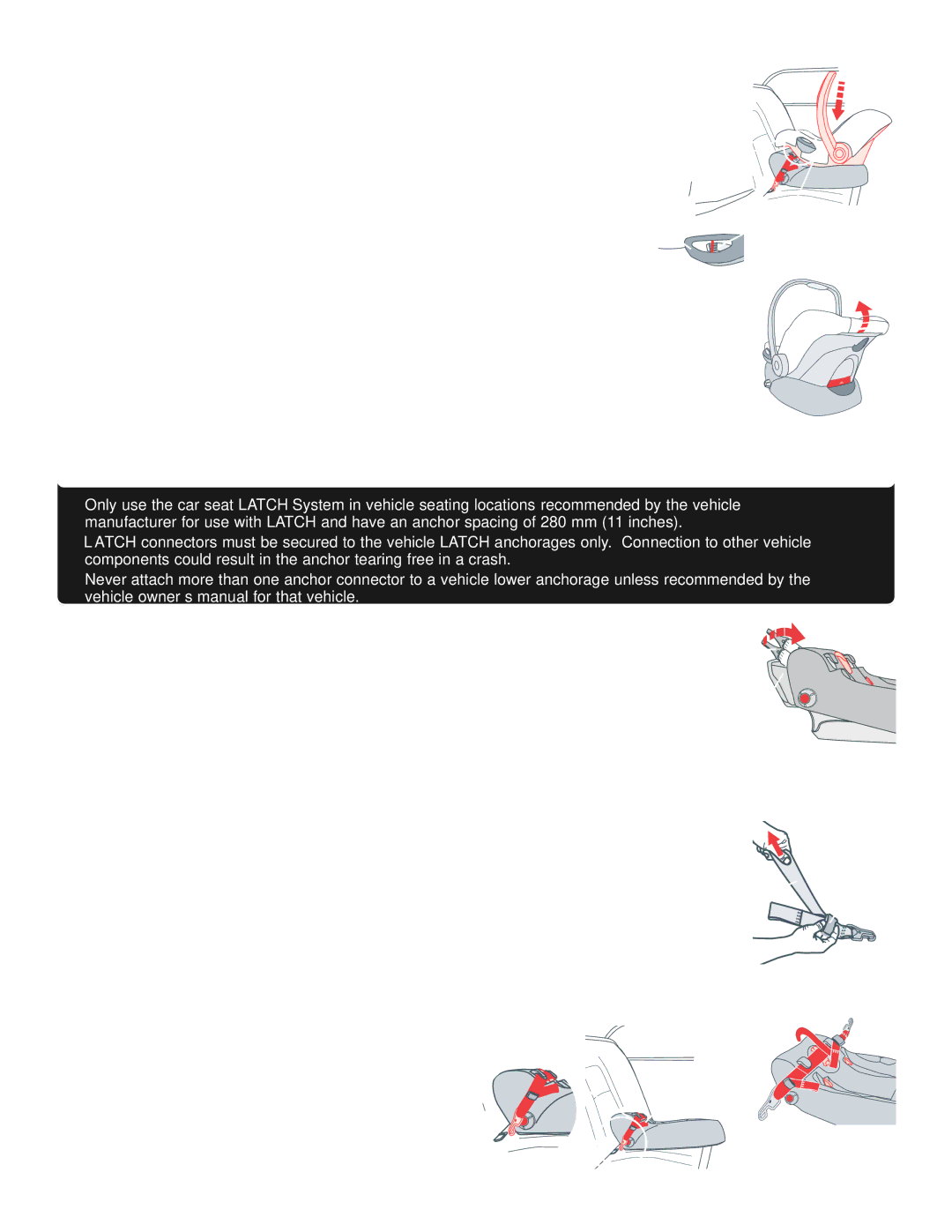8000 Series specifications
The Combi 8000 Series represents a significant advancement in the world of modern equipment solutions, combining efficiency with cutting-edge technology. This series is designed to cater to the diverse needs of industries ranging from manufacturing to distribution, providing versatility and reliability.One of the standout features of the Combi 8000 Series is its robust construction. Designed for heavy-duty applications, these machines are built to withstand rigorous use while maintaining high performance. The chassis is manufactured from high-grade materials, ensuring both durability and longevity in demanding environments.
A key characteristic of the Combi 8000 Series is its innovative automation technology. These machines are equipped with advanced control systems that simplify operation and increase productivity. The user-friendly interface allows operators to easily navigate through various settings, making adjustments on the fly and enabling quick responses to changes in operational demands.
The Combi 8000 Series also excels in energy efficiency. By utilizing state-of-the-art energy management systems, these machines reduce power consumption without compromising performance. This not only leads to cost savings for businesses but also contributes to a more sustainable operation, aligning with corporate goals for environmental stewardship.
Another notable technology featured in the Combi 8000 Series is its integrated diagnostics system. This feature continuously monitors the machine's performance, providing real-time feedback and alerts for maintenance needs. This proactive approach to machine care minimizes downtime and enhances overall efficiency by allowing for timely interventions.
In terms of versatility, the Combi 8000 Series offers a range of customizable options to meet specific operational requirements. From different configuration setups to various attachment capabilities, businesses can tailor these machines to effectively tackle their unique challenges.
Safety is paramount in the design of the Combi 8000 Series. Equipped with comprehensive safety features, including emergency stop buttons and safety guards, these machines are built to protect operators and reduce risk in the workplace.
In conclusion, the Combi 8000 Series is a groundbreaking fusion of strength, efficiency, and advanced technology. Its formidable construction, automation capabilities, energy-saving features, and focus on safety make it an ideal choice for businesses looking to enhance their operational efficiency and productivity. As industries continue to evolve, the Combi 8000 Series stands ready to meet the challenges of tomorrow.

